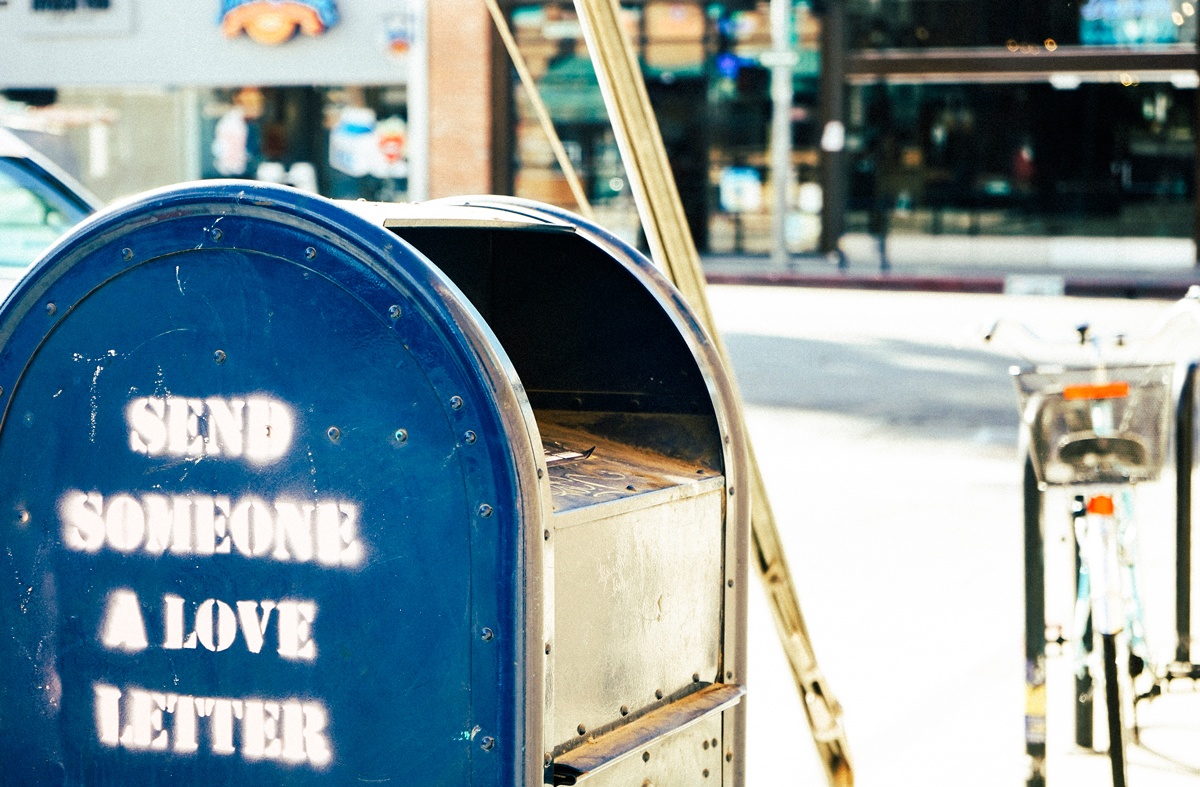The Data Handbook
How to use data to improve your customer journey and get better business outcomes in digital sales. Interviews, use cases, and deep-dives.
Get the book
Remember the first time you went online? I remember the first thing I did was to create my own email address. By the way, this is not universal: the Chinese never got used to emailing like us in the forefront of internet utilization (although you’ve probably heard about WeChat).
Despite the popularity of Facebook and chat applications, email is still alive and clicking, and it performs better than social media in reach, click rate and conversions. It is also relatively easy to build an email list compared to social media followers.
Your customer’s inbox might be full of unread mails, but the statistics show that email has still the highest ROI out of all marketing channels and it is 40 times more effective in customer acquisition than Facebook and Twitter combined.
Still, the challenge remains: How to stand out from saturated marketing channels? Bought email lists and spamming do not help, and are guaranteed to hurt your reputation as a mail sender.
Sending too many emails is actually the most common reason for unsubscribing. Making the email anticipated, personal and relevant instead of interrupting is key. To get there from zero or revision the whole sha-bang start with these:
1. Get the key people on the same page about objectives and key customers
Usually, the marketing function knows what draws attention, while sales know what problems the customers need to be solved. Both are needed to create a good email, which is why your traditional marketing and sales people need to get together and come up with a modern and engaging email for your customers.
In today's digital and inbound world, marketing and sales can no longer function efficiently in their functional silos.
Some of the most successful email and marketing automation programs have not been done by rushing forward, but taking a step back to actually clarify the business objectives and the most important customer personas, as well as the customer journey, where the communication takes place. After all, there is a real person with real motivations and needs behind every customer id.
You do not want to interrupt your customers with too fluffy awareness emails when your customer already has signed up for good content. The email should have well-thought-out goals for further engagement on your website or other channels. On the other hand, you also want to avoid too salesy language.
The masters of engaging email marketing incorporate fun, humor and engaging stories in their emails. That kind of email will not be classified in the spam folder nor the notorious Promotions-tab in Gmail so easily.
2. Getting your CRM and Marketing Automation tools up to date and synchronized
The solution architecture should function as the stable foundation for assigning prospects and leads to mailing programs, and analyzing the real performance of any marketing activity.
In case you do not have either of these tools in place, getting a single source platform such as Hubspot might be the best solution. If you already have a CRM such as Salesforce, syncing up with a simple emailing tool such as MailChimp with might do. For customer-centric digital commerce, Klaviyo presents some powerful segmentation and email sending tools.
If you have a huge list of recipients and several data sources to connect and later utilize as triggers for messaging, you might want to consider something like Marketo. These are some concrete choices you have to make, but do not make technology the main thing - see it as an enabler you need to master.
3. Orchestrate the goals and content across the journey
Knowing your customers, their job-to-be-done and creating a copy based on these is something that needs constant work. Following this with a clear Call-To-Action is the easy part. Avoid the too salesy language and the usual “Look, we’re providing value here”. Instead, focus your efforts on being useful, inspiring, funny or beautiful. Still, keep in mind the goal of pulling your customers on their journey towards making a decision.
In case you promote a product or service, make sure your Customer’s Journey does not break after the email. Like in eCommerce, design call-to-action buttons that truly convert. After clicking a CTA that leads to your Company’s homepage, make sure that the customer knows intuitively how to take the next step towards making a buying decision.
Designing the email streams to fit a certain Customer Journey stage - that you hopefully elaborated early on in the project - is a great reference point. Having specific email streams for different customer personas, lifecycle stages, website behaviors, order history or some other triggering event, such as customer’s birthday may be one of many ways to personalise and have engaging context in your email.
4. Execute, test and automate with precision
Testing different sending times, headlines, different content and CTA’s is essential to finetune the email marketing engine. Start with good design practices and make the email mobile optimised from the start. After all, two thirds of all emails are opened on mobile devices. Usual mobile percentages that I run into in Finland are 40% on mobile phones and 10% on tablet.
According to Mailchimp’s statistics, Thursday 10am would be the perfect time to send marketing emails. To be honest, no-one really knows when and how your customers prefer to have their content and that is why it should be tested with multiple variants, one controlled change at a time. When you find something that is repetitive and works, automating the flow of emails becomes essential.
5. Get beyond vanity metrics: success is not about opens and clicks
Open rate is an important piece of feedback considering the headlines and from-addresses and click rate is feedback about the content. What matters more is linking these metrics to your business goals and the full customer journey. Are these opens and clicks actually converting to real sales? Size of the list shouldn’t be the main goal either.
Actually, it makes more sense to purge your email list from users who do not engage, so that you can focus on what your engaged customers care about. Pairing the email with utm-tracking links and your website cookies will get information about the website behavior and how emails convert to real sales.
Customers expect to have a relationship with a company, but it’s complicated. Marketing technology can also be complicated - but it does not have to be. Focusing on your customers and eliminating barriers from their journey is all that matters.
These are the 5 key takeaways, that I've learned so far while working with email and marketing automation. I hope you found them useful for your work.
The Data Handbook
How to use data to improve your customer journey and get better business outcomes in digital sales. Interviews, use cases, and deep-dives.
Get the book




